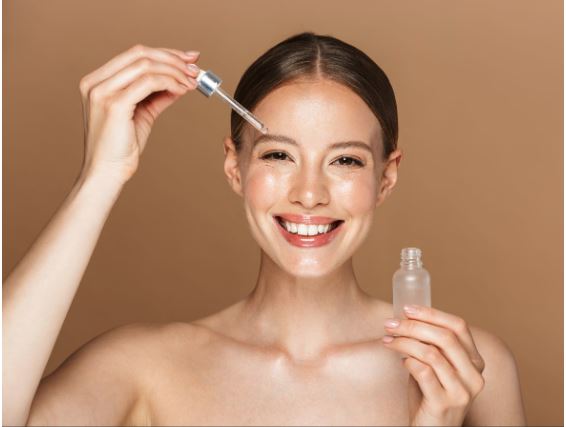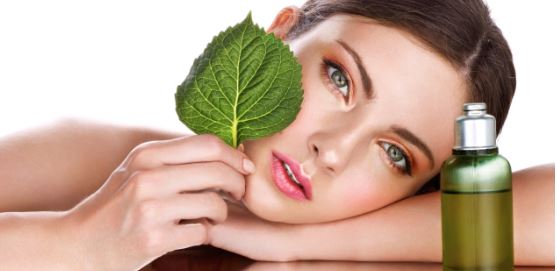10 Essential Skincare Tips for Oily Skin
Oily skin can be tricky, but with the right tips, you can keep your complexion looking fresh and healthy. Here’s a handy list of 25 powerful skincare tips tailored specifically for oily skin types. Say goodbye to shine and hello to confidence!
Understanding Oily Skin Causes
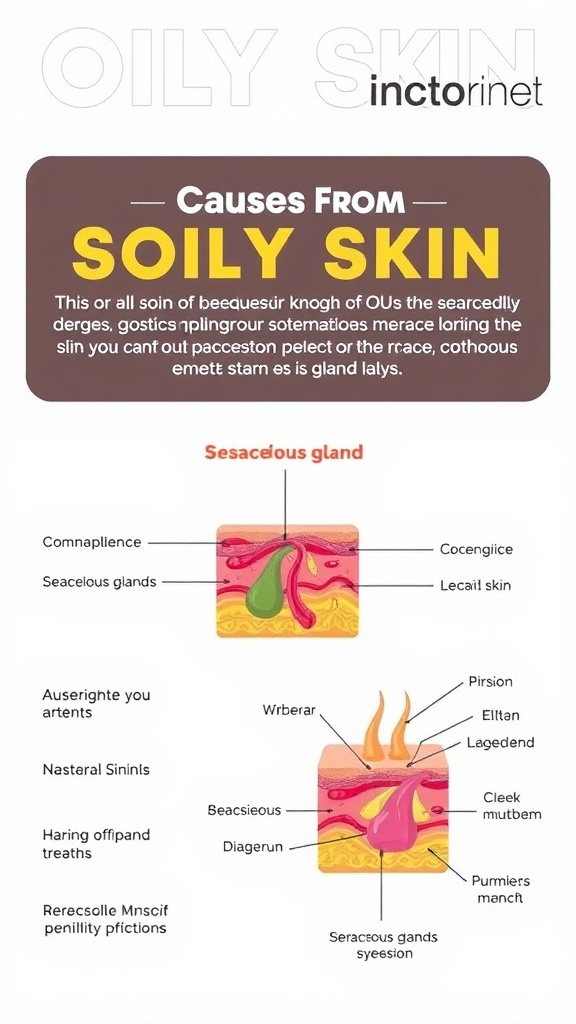
Oily skin can be a tricky issue for many. The image above shows a diagram highlighting the key factors that contribute to this skin type. It illustrates the role of sebaceous glands, which are responsible for producing sebum, the oil that keeps our skin moisturized.
In the diagram, you can see how these glands can become overactive, leading to excess oil. When sebum mixes with dead skin cells and dirt, it can clog pores and cause breakouts. This is a common concern for those with oily skin.
Besides genetics, other factors can influence oil production. Hormonal changes, diet, and even stress play a significant role. Understanding these causes is crucial for managing oily skin effectively.
With the right approach, including proper skincare routines and lifestyle adjustments, you can keep that shine in check while maintaining healthy skin.
Daily Cleansing Rituals

Your daily cleansing ritual is key to maintaining healthy, oil-free skin. Start by selecting a gentle cleanser specifically designed for oily skin. This image captures a moment of someone preparing for their cleansing routine, holding a cleanser in hand, ready to wash away impurities.
It’s important to cleanse your face twice a day, once in the morning and once before bed. This helps remove excess oil and dirt, preventing breakouts. Make sure to use lukewarm water; hot water can strip your skin of its natural moisture.
After applying the cleanser, massage it into your skin for about 30 seconds. Take your time with this step; it’s not just about removing dirt, but also about stimulating circulation. Rinse thoroughly and pat your face dry with a clean towel. Remember, a consistent routine can help you achieve a clearer complexion over time.
Exfoliation Techniques for Oily Skin
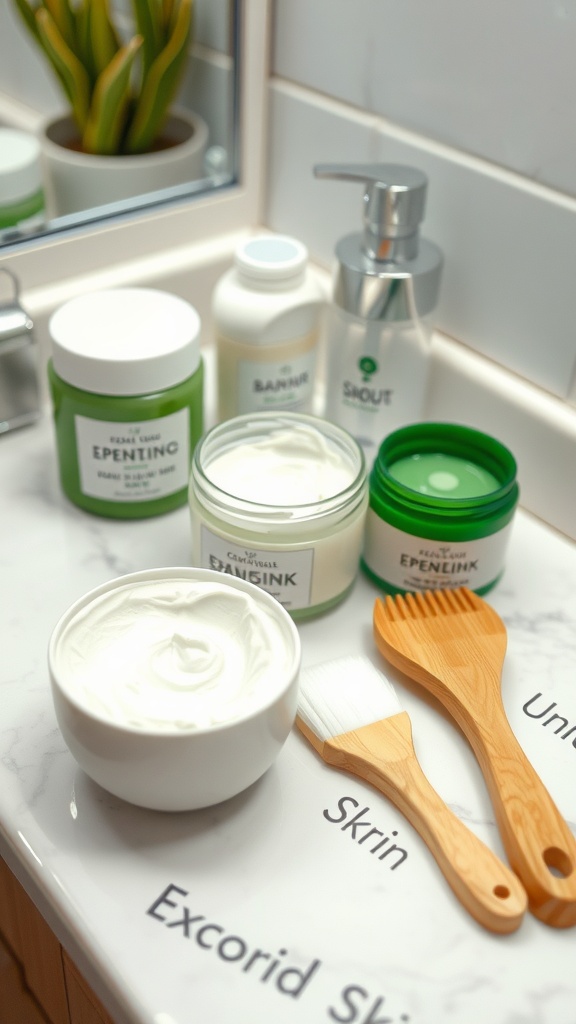
Exfoliation is a key step for anyone with oily skin. It helps remove dead skin cells and unclog pores, reducing excess oil and preventing breakouts. The image shows various skincare products that can aid in this process. You can see jars and bottles labeled for specific uses, along with tools for application.
When choosing an exfoliant, look for gentle formulas that won’t irritate your skin. Chemical exfoliants containing salicylic acid are great for oily skin, as they penetrate deep into pores. Physical exfoliants can also work, but make sure they’re not too abrasive.
Using a soft brush or applicator, like the ones in the image, can make the process smoother. Just be gentle and don’t overdo it; exfoliating once or twice a week is typically enough. This routine helps keep your skin feeling fresh and clear, without stripping away moisture.
Sun Protection Essentials

In the quest for healthy, radiant skin, sun protection is a must. The image shows a person holding a sunscreen bottle, ready to apply it while enjoying a sunny beach day. The vibrant blue sky and inviting water remind us of how important it is to shield our skin from harmful UV rays.
Oily skin can be tricky, especially in the sun. Many believe that sunscreen can worsen oiliness, but that’s not always true. Using a lightweight, oil-free sunscreen can protect your skin without making it greasy. Look for products labeled ‘non-comedogenic’ to avoid clogged pores.
Reapplying sunscreen every two hours is key, especially after swimming or sweating. A small tube like the one shown is perfect for tossing in your beach bag for easy access. Remember, a little goes a long way!
Diet Tips to Reduce Oily Skin
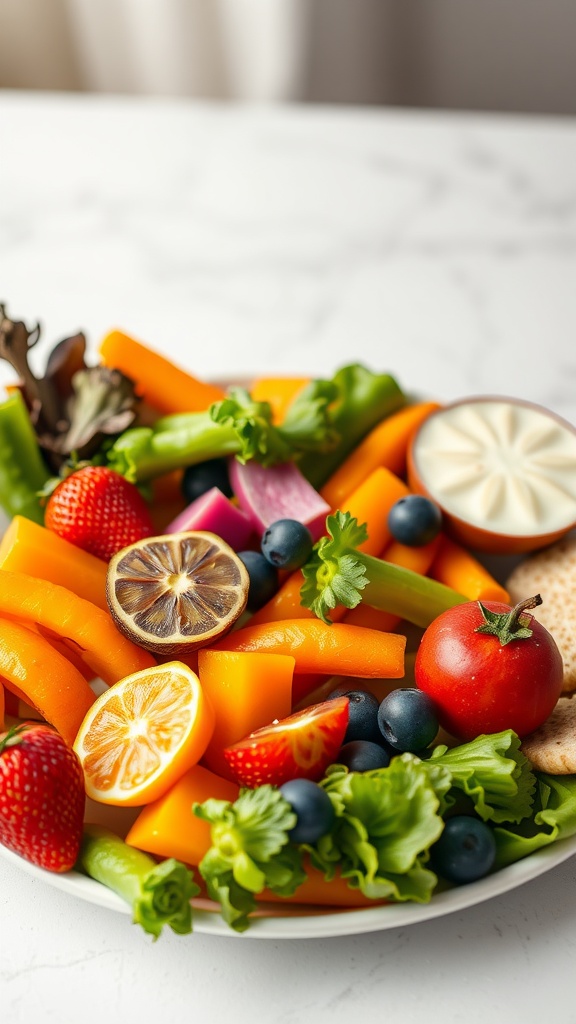
Eating the right foods can make a big difference for oily skin. The image shows a colorful platter of fresh fruits and vegetables. This vibrant display highlights healthy choices that can help balance skin oil production.
First up, fruits like strawberries and blueberries are packed with antioxidants. They fight free radicals, which helps keep your skin clear. Vegetables, especially peppers and leafy greens, provide essential vitamins. These nutrients can improve skin health and reduce oiliness.
Hydration is key, too. Foods with high water content, like cucumbers and tomatoes, can help keep your skin hydrated from the inside out. Staying hydrated prevents your skin from overproducing oil, which is a win-win.
Avoiding sugary snacks and fried foods is also important. These can spike oil production and lead to breakouts. Instead, reach for that fresh platter. Making small changes in your diet can lead to noticeable improvements in your skin.
Benefits of Clay Masks
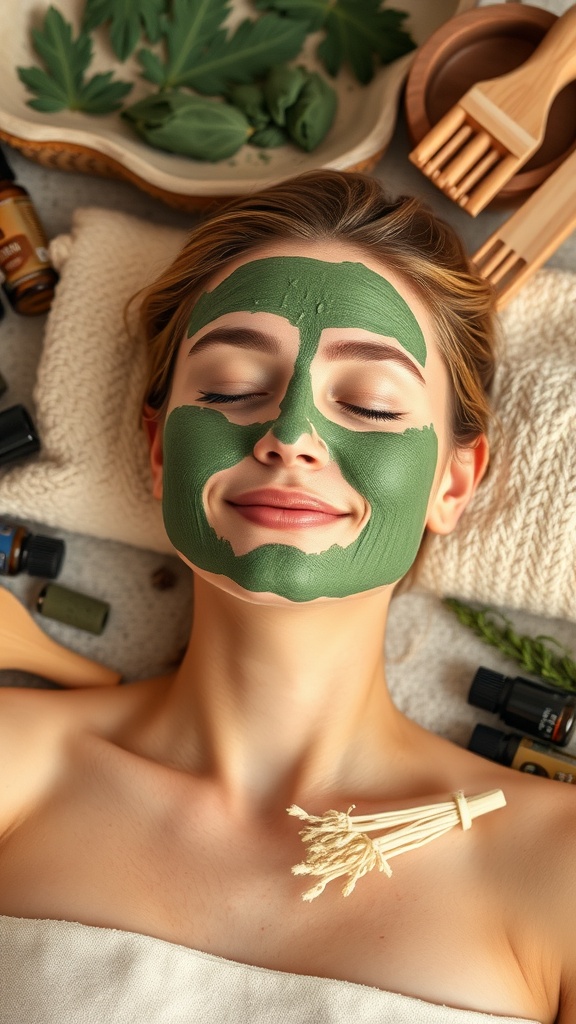
Clay masks are a popular choice for anyone dealing with oily skin. The image shows a person relaxing with a green clay mask, surrounded by natural ingredients. This visual perfectly captures the refreshing and purifying experience that clay masks offer.
First off, clay masks help absorb excess oil. If your skin is prone to shine, this can be a game changer. The natural properties of clay work to draw out impurities and leave your skin feeling cleaner.
Another great benefit is their ability to exfoliate. As the mask dries, it gently removes dead skin cells, making way for fresh, new skin underneath. This process can help reduce breakouts and promote a clearer complexion.
Don’t forget about hydration! While clay masks are known for oil absorption, many formulations also include moisturizing ingredients. This means you can enjoy the benefits of a clay mask without worrying about drying out your skin.
On top of that, clay masks can be soothing. They often contain minerals that calm inflammation. If you experience redness or irritation, a clay mask might just be the remedy you need.
Finally, they can improve your overall skin tone. Regular use can lead to a brighter, more even complexion. So, if you’re looking for a natural solution for oily skin, a clay mask could be your new best friend!
Using Toners Effectively

Toners are a great addition to any skincare routine, especially for those with oily skin. The image shows several bottles of toner, each with a distinct formula to target specific skin needs. From hydrating to exfoliating, toners can be tailored to help balance oil production.
When applying toner, start with a clean face. Use a cotton pad to gently swipe the toner across your skin. This helps remove any leftover impurities and prepares your skin for the next steps in your routine. Look for ingredients like witch hazel or tea tree oil, as they can help control excess oil without over-drying your skin.
Don’t skip this step! Toners can tighten pores and improve the overall texture of your skin. They also provide a refreshing feel, making your skincare routine feel complete. Keep your toner in the fridge for an extra cooling effect during the hot months.
Importance of Oil-Free Moisturizers
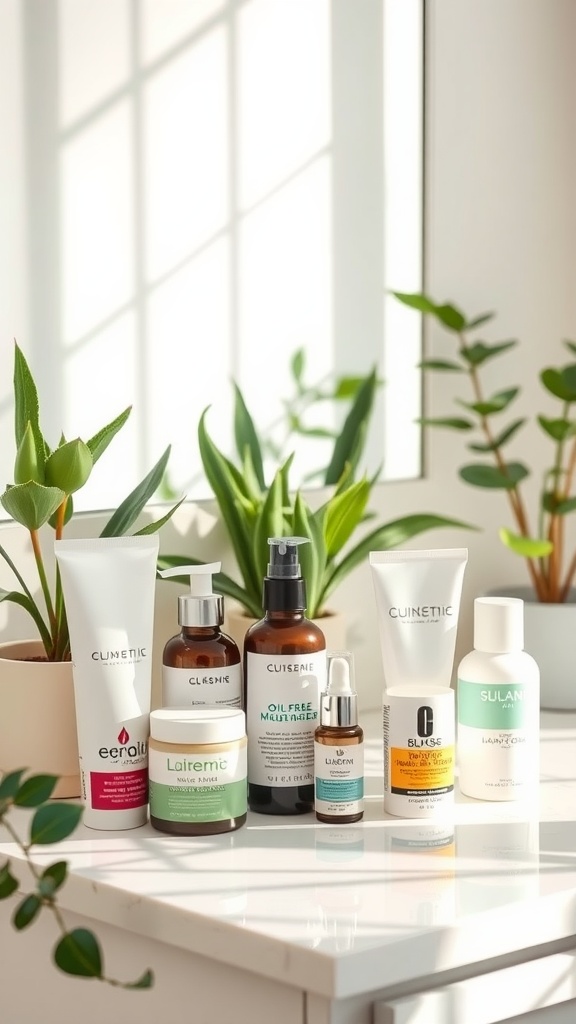
When it comes to skincare for oily skin, choosing the right moisturizer is key. The image showcases a selection of oil-free moisturizers, each designed to hydrate without adding excess oil. These products are perfect for those who struggle with shine or breakouts.
Oil-free moisturizers maintain moisture levels while keeping your skin feeling light and fresh. They often contain ingredients like hyaluronic acid and glycerin, which hydrate without clogging pores. This is essential for oily skin, as traditional creams can lead to more shine and potential acne.
Incorporating an oil-free option into your daily routine can help balance your skin. Look for products labeled ‘non-comedogenic’ to ensure they won’t block your pores. With consistent use, you might notice your skin feels more balanced and less oily throughout the day.
Finally, remember that oil-free doesn’t mean moisture-free! These moisturizers work wonders at providing hydration and nourishment, leaving your skin looking healthy and radiant.
Hydration and Its Impact on Skin

Staying hydrated is key for healthy skin, especially if you have oily skin. The image of a refreshing glass of lemon mint water perfectly captures this idea. That vibrant drink looks so inviting and is a great reminder of how hydration can help your skin glow.
Oily skin can often lead to clogged pores and breakouts. Drinking enough water keeps your skin balanced. When you hydrate, your body flushes out toxins that can contribute to excess oil production.
Including ingredients like lemon and mint not only makes water tasty but also provides antioxidants. These help combat free radicals and can improve skin texture. So, sipping on that refreshing drink isn’t just enjoyable; it’s also a skincare tip in disguise!
Make sure to drink plenty of fluids throughout the day to keep your skin looking fresh and clear. A simple change like this can make a noticeable difference.
Choosing the Right Makeup for Oily Skin

When it comes to makeup for oily skin, selecting the right products is key. The image captures a woman applying makeup while another woman looks on, which highlights the importance of choosing the right shades and formulations.
Oily skin can be tricky, especially when you want a flawless finish. It’s vital to look for oil-free and mattifying products that help control shine throughout the day. Foundations in a matte formula can be a great start.
Don’t forget about setting powders! A light dusting can help keep oil at bay and keep your makeup looking fresh. The image shows a variety of makeup products, suggesting that experimenting with different items is essential to find what works best for you.
Lastly, remember to test products before committing. Swatches can give you a good idea of how a product performs. Enjoy the process of finding your perfect makeup!

